I have a Lambda function that is generating a random number from 0 to 22 on every invocation. However, I don't feel like the number is truly random, as I often get the same number back in succession when I quickly run the function multiple times.
The runtime is nodejs8.10 and I'm simply calling Math.floor(23*Math.random()) to generate the number.
To debug this, I ran the function 78 times over a duration of about 20 minutes, downloaded the logs from CloudWatch Logs and put the numbers in a file called numbers.txt:
$ cat numbers.txt | tr "\n" " "
5 22 19 7 14 3 14 19 8 1 15 4 7 17 6 5 19 11 18 17 15 5 0 20 11 20 12 12 14 16 5 13 19 19 10 18 21 19 12 20 8 11 16 19 1 1 4 5 2 5 11 3 20 4 2 12 3 6 2 17 20 11 16 1 20 22 1 21 15 17 1 1 1 2 5 5 13 12
Here's how often each number was generated:
$ cat numbers.txt | sort | uniq -c
1 0
8 1
1 10
5 11
5 12
2 13
3 14
3 15
3 16
4 17
2 18
7 19
4 2
6 20
2 21
2 22
3 3
3 4
8 5
2 6
2 7
2 8
Numbers 1 and 5 were both generated 8 times each, while 9 wasn't generated even once.
Are there any gotchas with randomness in AWS Lambda? Can I do something to get more random numbers?


